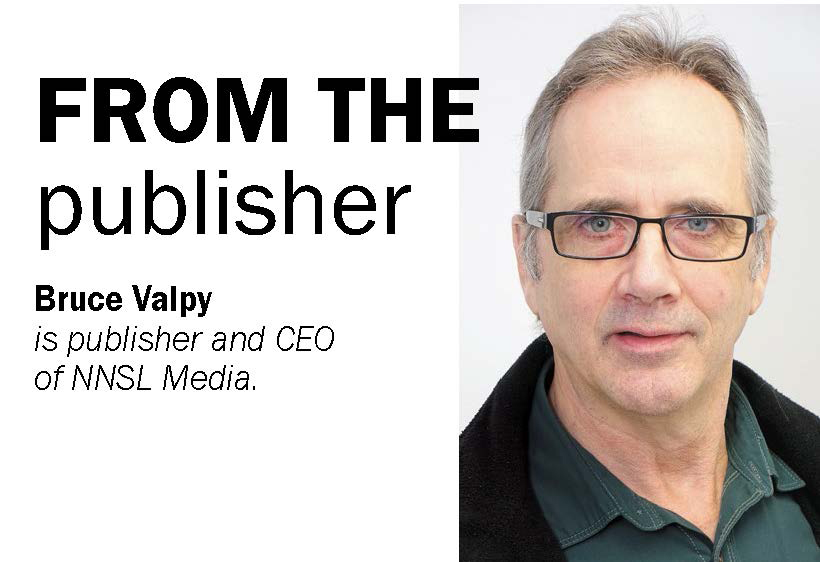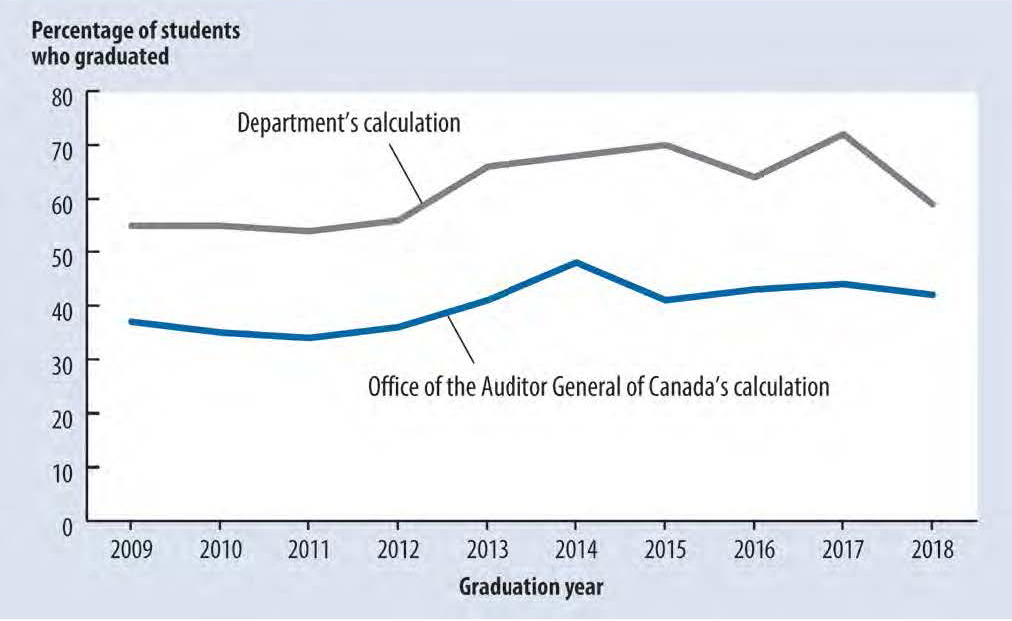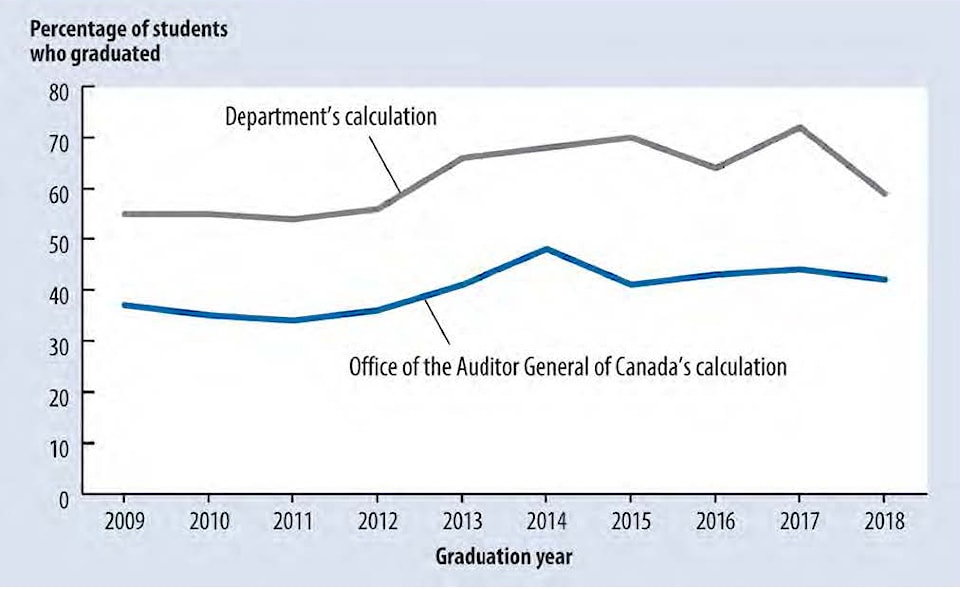
Last week I pointed out the true foundation of the proposed polytechnic and existing Aurora College is the K-12 school system in community schools outside of Yellowknife. Read it here: New polytechnic being built on false foundation
Two successive Auditor General of Canada reports have identified major problems in the education department's efforts to deliver quality schooling to Dene/Metis/Inuvialuit/Inuit students.
Does the fault lie with the Department of Education's staff in Yellowknife? Doubtful. There are plenty of well-educated, experienced staff. Problem with the budgets? Budgets, no matter how big, can only help if the money is spent properly.
Is the problem with the teachers? Imported teachers are worth their weight in gold, and that doubles each year they stay in our communities. Homegrown teachers, however, are worth their weight in diamonds.
Define homegrown as Dene, Metis, Inuvialuit and Inuit teachers who bring knowledge and authority of their Northern cultures to the classroom. There's not enough diamond-grade teachers. We lack those treasured local teachers because we gave up trying to produce them.
When I came to Yellowknife in 1981, I met Dene and Metis people in their mid-20s who had gone through the Teachers Education Program at Arctic College (Aurora College after the 1999 creation of Nunavut). I was only able to get the college's annual report back to 2004, so I don't have the number of graduates from that two-year diploma program back then. Team Polytechnic should check out that educational experience and figure it into their thinking ahead.

From residential schools until today, lessons have largely been taught by non-Indigenous teachers. Standards have always been set by non-Indigenous institutions – religious institutions first, which did much harm – and now government-run ones. Neither achieved better than a 35 per cent graduation rate in community schools.
The Department of Education estimates there are 80 Northern Indigenous teaching "staff" in the NWT community school system, but they aren't all teachers. People I spoke to in the system estimated there are 20 to 25 Northern Indigenous teachers out of approximately 500 total individuals in those roles.
Education department veteran Mark Cleveland, in his 2013 report on Aurora College, observed that in the early 2000s, the GNWT made the decision to require degrees for teacher and social work positions. That meant people have to be recruited from the south, where most people with degrees live. It also meant the college had to shift resources to get proper accreditation for degree programs, further removing the focus from a curriculum designed for Northern students.
So in one stroke, that decision in Yellowknife changed Aurora College, while pushing essential jobs away from the Northerners in the communities with the greatest potential to make a difference. It also explains why the employment rate for Dene, Metis, Inuvialuit, and Inuit in the GNWT remains in the low 30 per cent range, similar to the 35 per cent graduation rate for the same population.
My sources said the reason the degree programs failed at Aurora College was because the students were not sufficiently equipped academically in the K-12 system. How can access to more degree programs and talk of research opportunities help these students? Some stellar students perhaps, but not the general student body.
Academic standards cannot change, because they are universal. But without Dene, Metis, Inuvialuit and Inuit teachers (and those non-Indigenous teachers who make a community their home) to help community students meet those standards, academic success will continue to elude the majority.
As for the polytechnic, imagine an institute of Indigenous education excellence and research. That would draw students from southern Canada, if not around the world. It can happen, but not until we change what we are doing now and have the patience to see it through.
